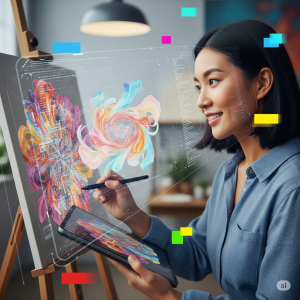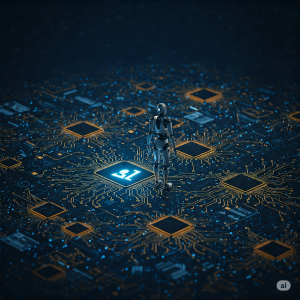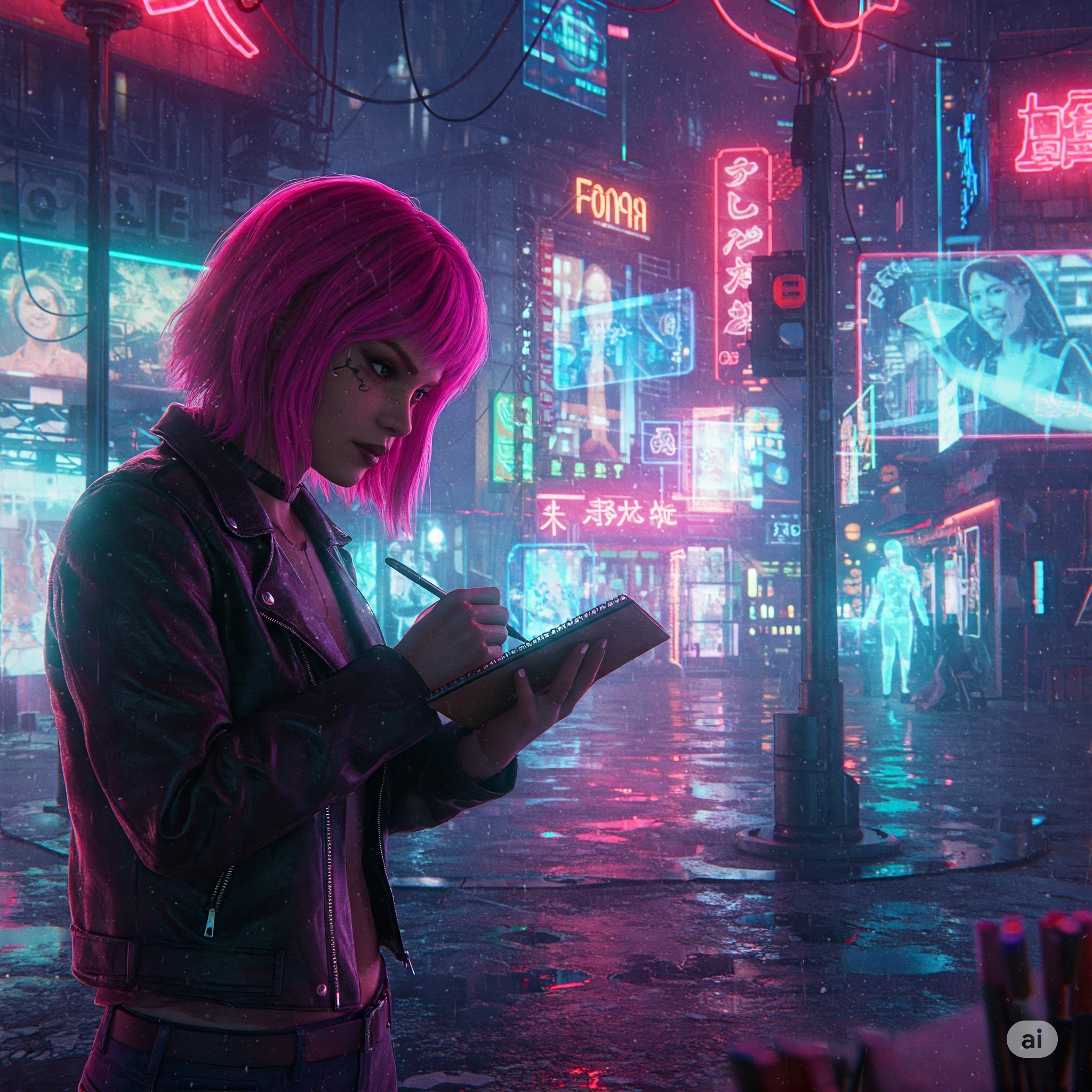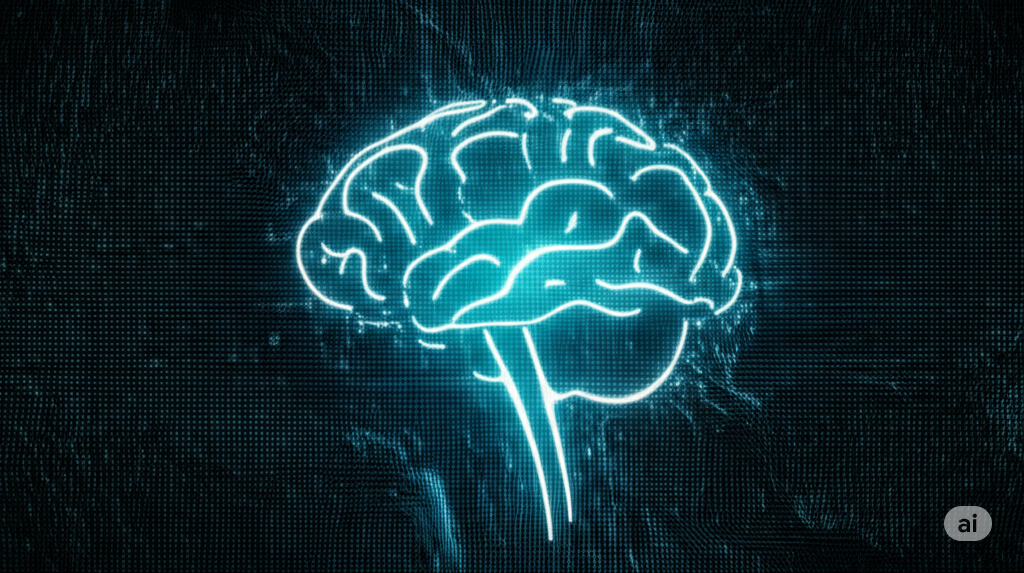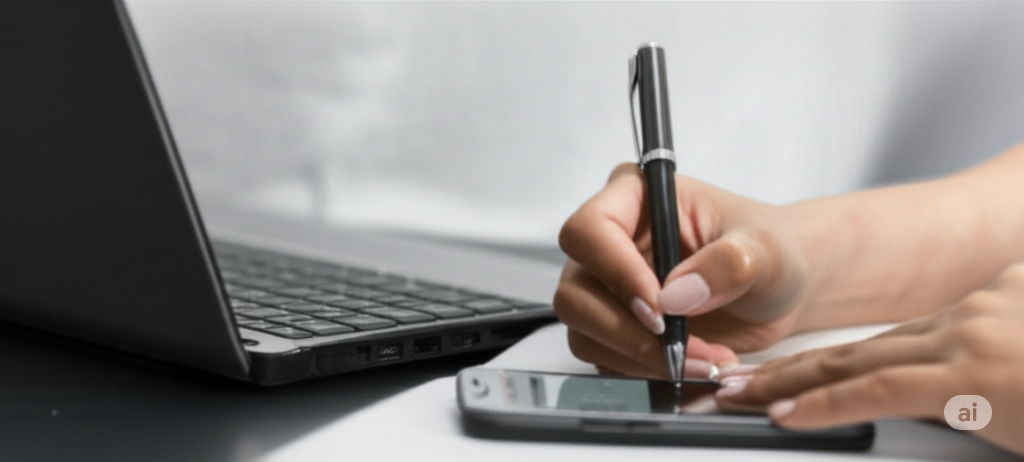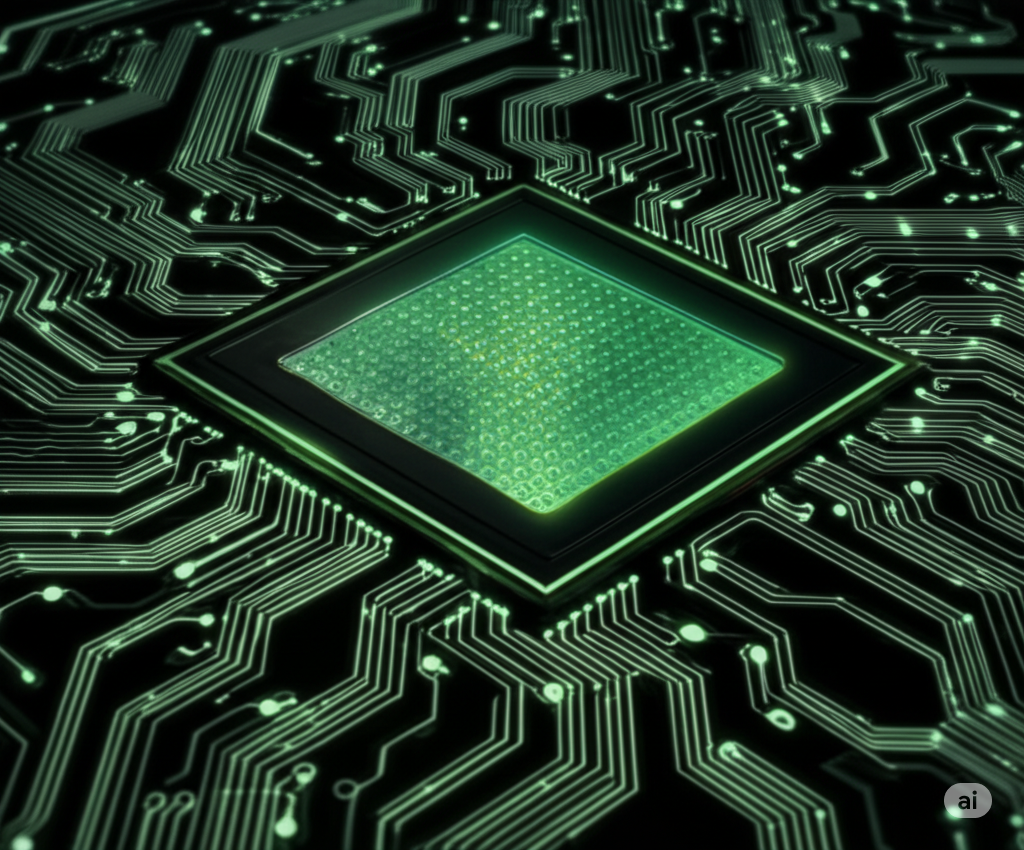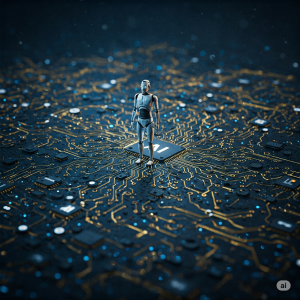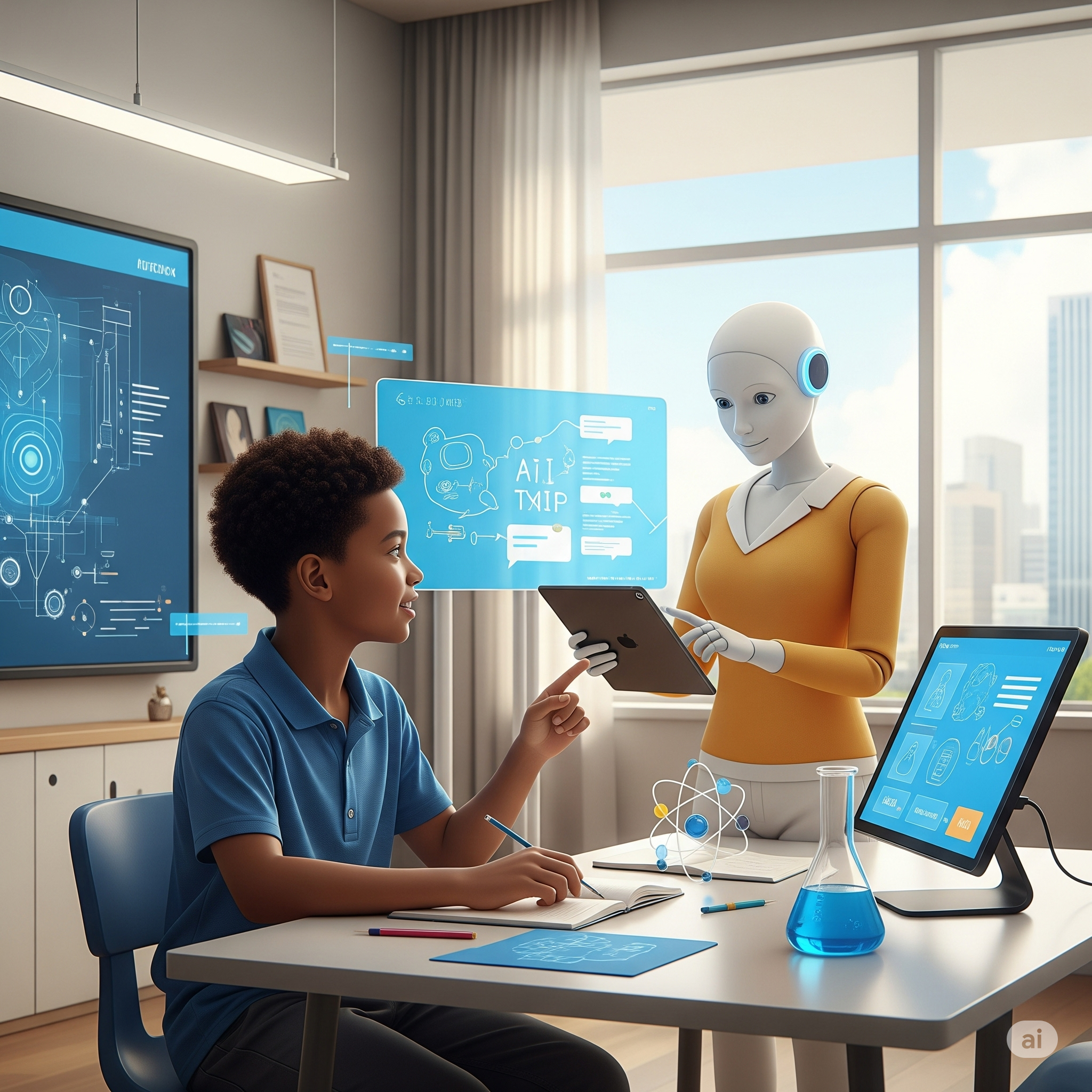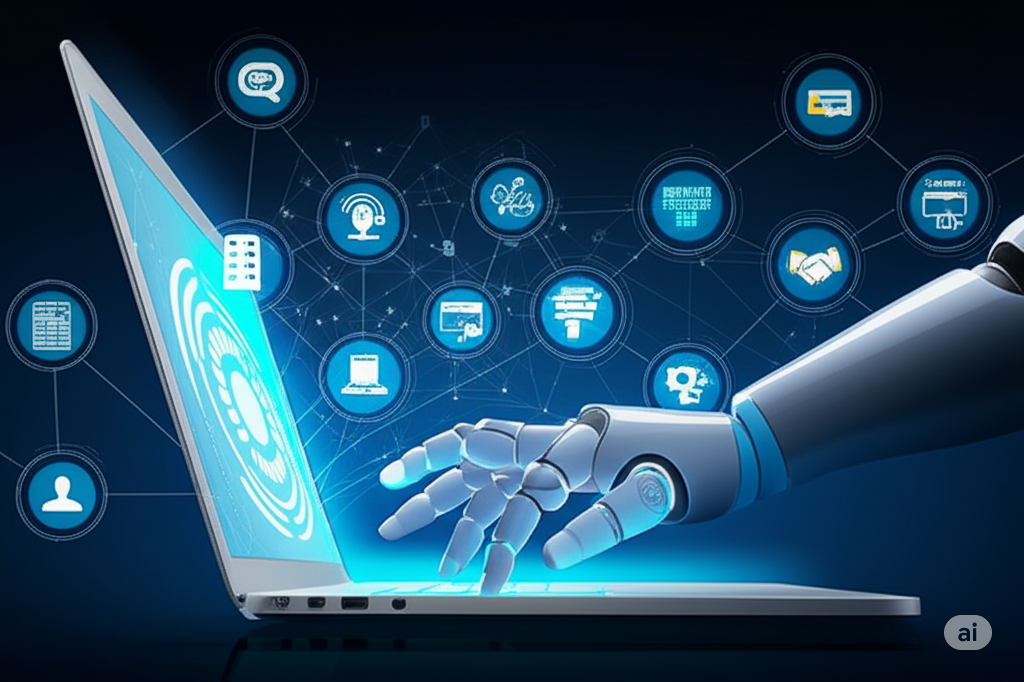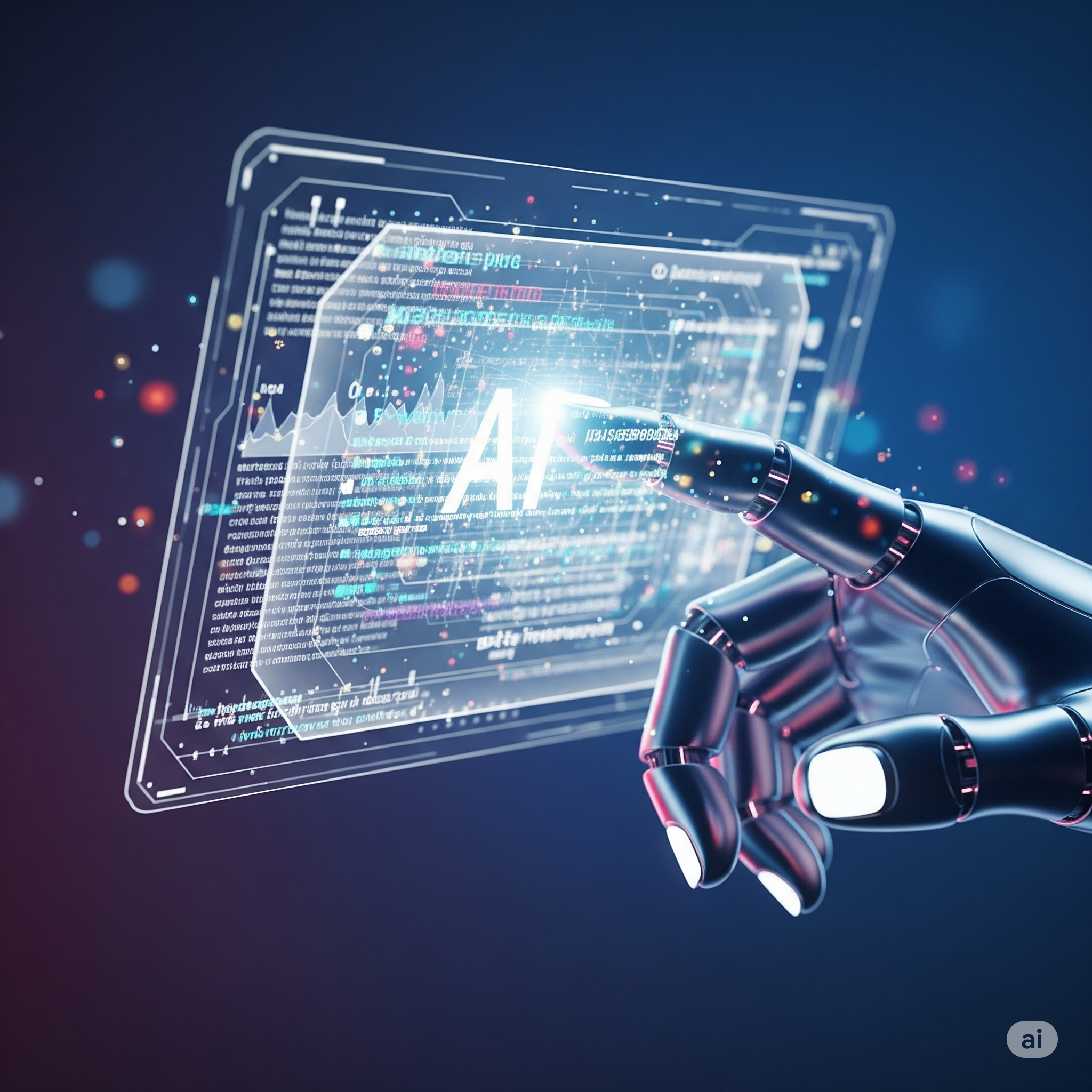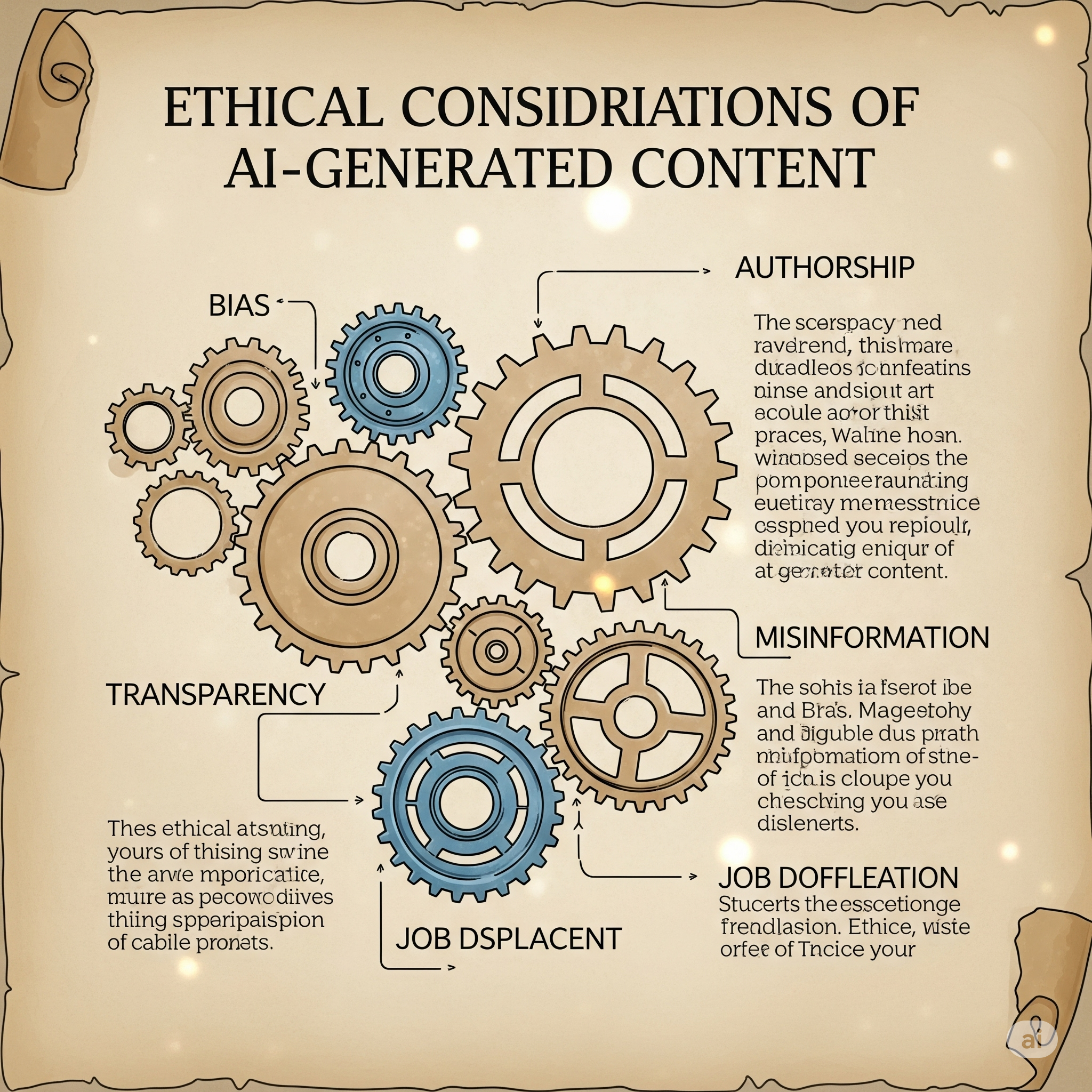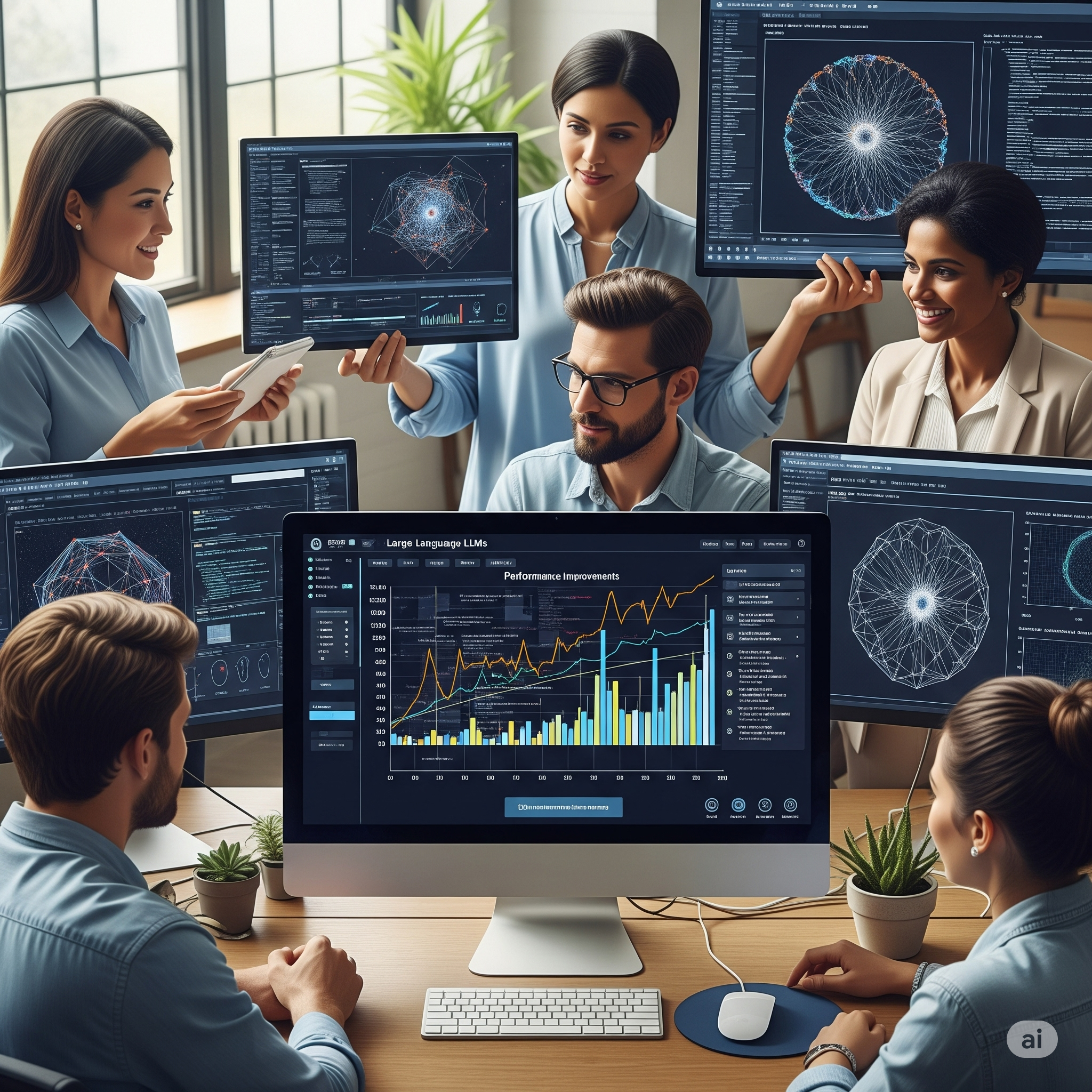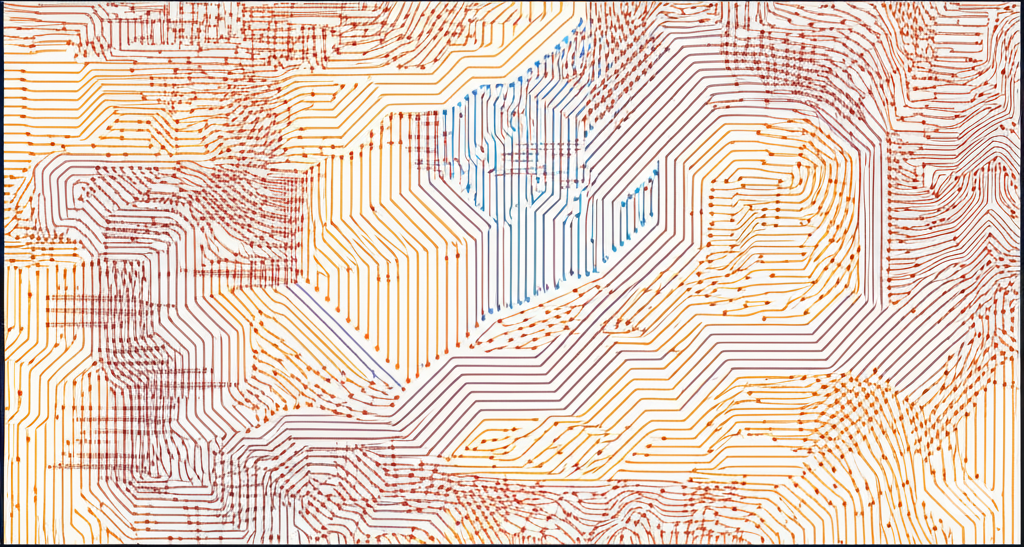For a long time, creativity was considered the exclusive domain of human ingenuity. The ability to conceive novel ideas, evoke emotions through art, and craft compelling narratives felt intrinsically tied to our consciousness and lived experiences. But as artificial intelligence continues its rapid evolution, its role in creative fields is becoming increasingly significant – not as a replacement for human artists, but as a powerful co-pilot.
The initial reaction to AI entering creative spaces was often one of apprehension. Would algorithms diminish the value of human artistry? Would machines churn out soulless imitations? However, the reality unfolding is far more nuanced and, frankly, quite exciting.
Think about the tools that are now available. AI-powered image generators can transform a simple text prompt into a stunning visual, offering artists a new way to visualize their concepts and explore different styles. Music generation models can create original compositions, providing musicians with inspiration, backing tracks, or even entirely new sonic landscapes to build upon. And in writing, AI can assist with brainstorming ideas, refining prose, and even generating different stylistic variations.
The key here is the concept of partnership. AI, in its current form, excels at pattern recognition, data analysis, and generating outputs based on vast datasets. It can be incredibly efficient at tasks that might be time-consuming or require extensive technical skill. Human creators, on the other hand, bring the crucial elements of intent, emotional depth, conceptual understanding, and the ability to infuse their work with personal meaning and unique perspectives.
When these two forces combine, the possibilities are truly transformative. An artist might use an AI image generator to quickly prototype different visual ideas, then refine and personalize the chosen direction with their own skills and artistic vision. A musician could use an AI-generated melody as a starting point for a complex arrangement, adding their own harmonic and rhythmic nuances. A writer might leverage AI to overcome writer’s block or explore different narrative structures, ultimately shaping the AI’s suggestions into their own distinct voice.
This collaboration isn’t about AI taking over; it’s about augmenting human creativity. It’s about freeing up artists from repetitive tasks, expanding their creative toolkits, and pushing the boundaries of what’s possible. It’s about fostering a synergy where the strengths of both humans and AI complement each other, leading to richer, more innovative, and perhaps even entirely new forms of artistic expression.
The future of creativity in the age of AI is not a competition, but a collaboration. It’s a journey of exploration where human imagination and artificial intelligence work hand-in-hand, unlocking new realms of artistic possibility.
What are your thoughts on the role of AI in creative fields? Have you experimented with any AI creative tools? Share your experiences and perspectives in the comments below!
